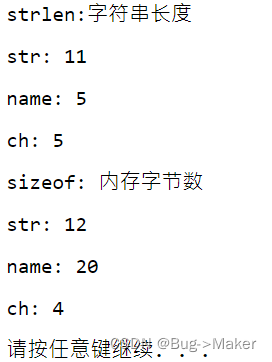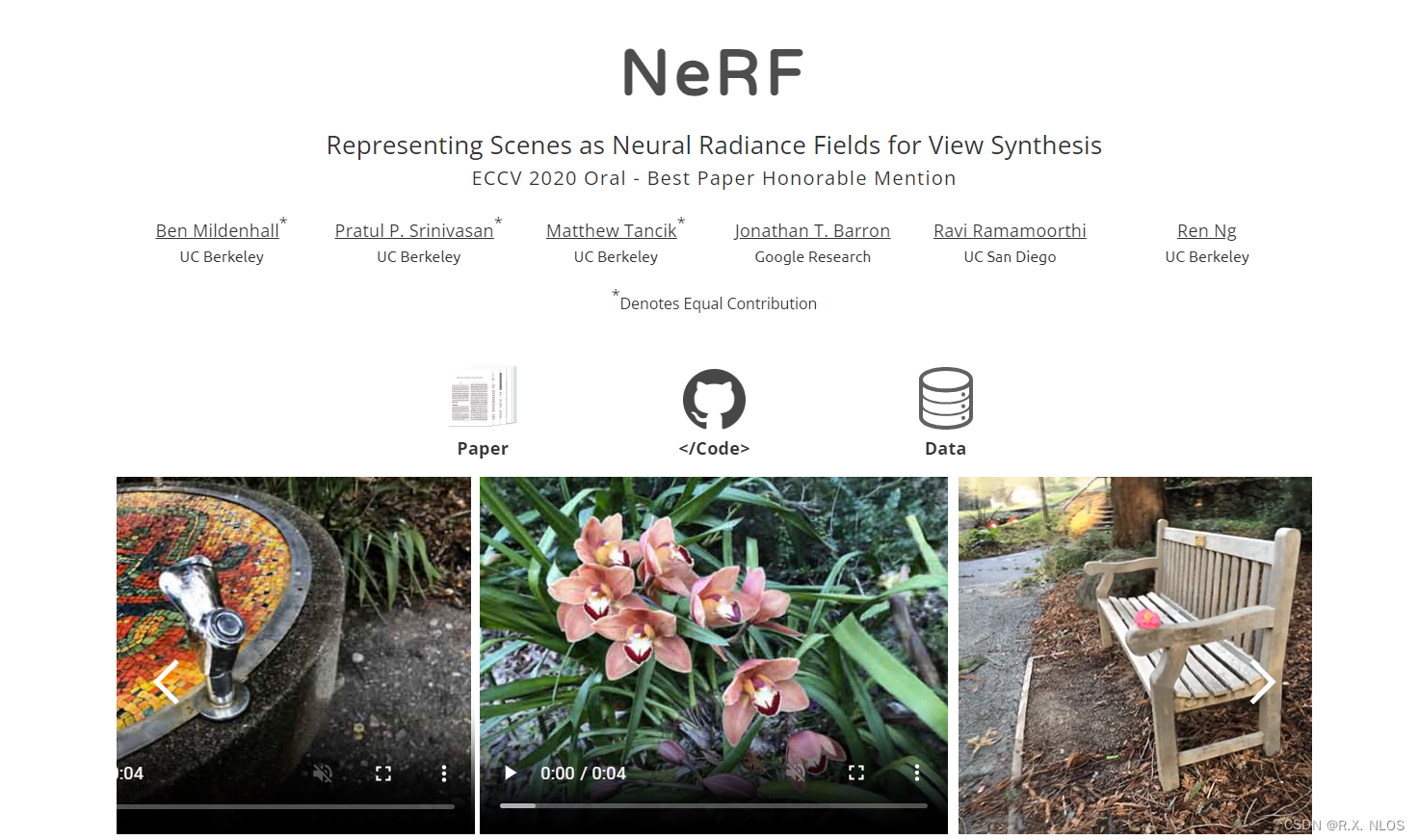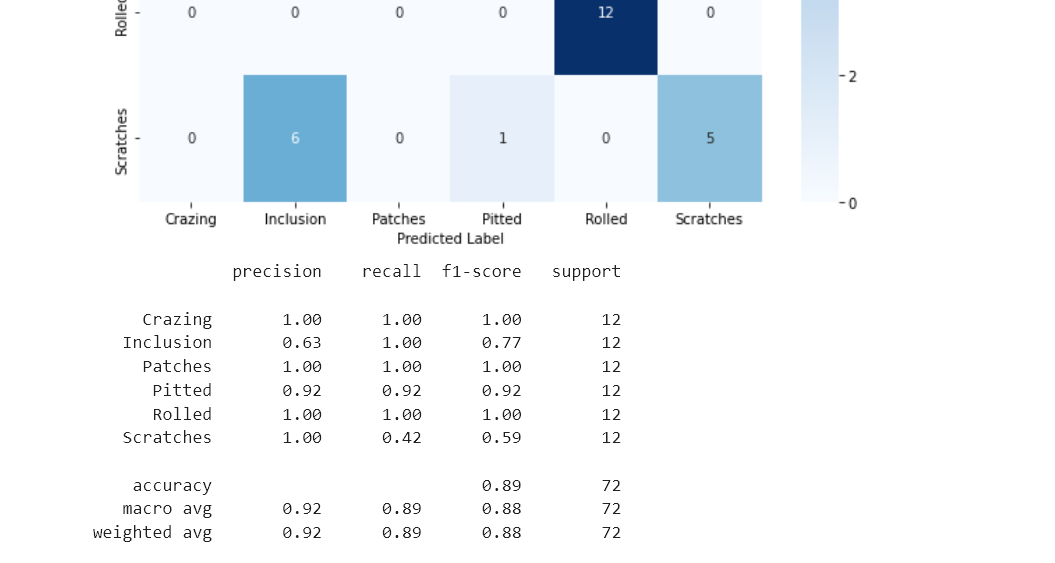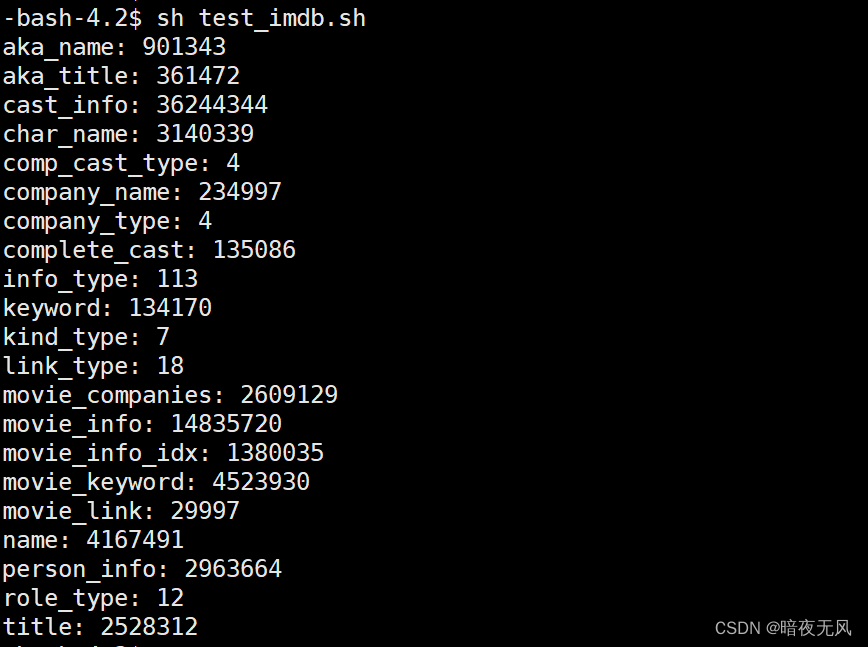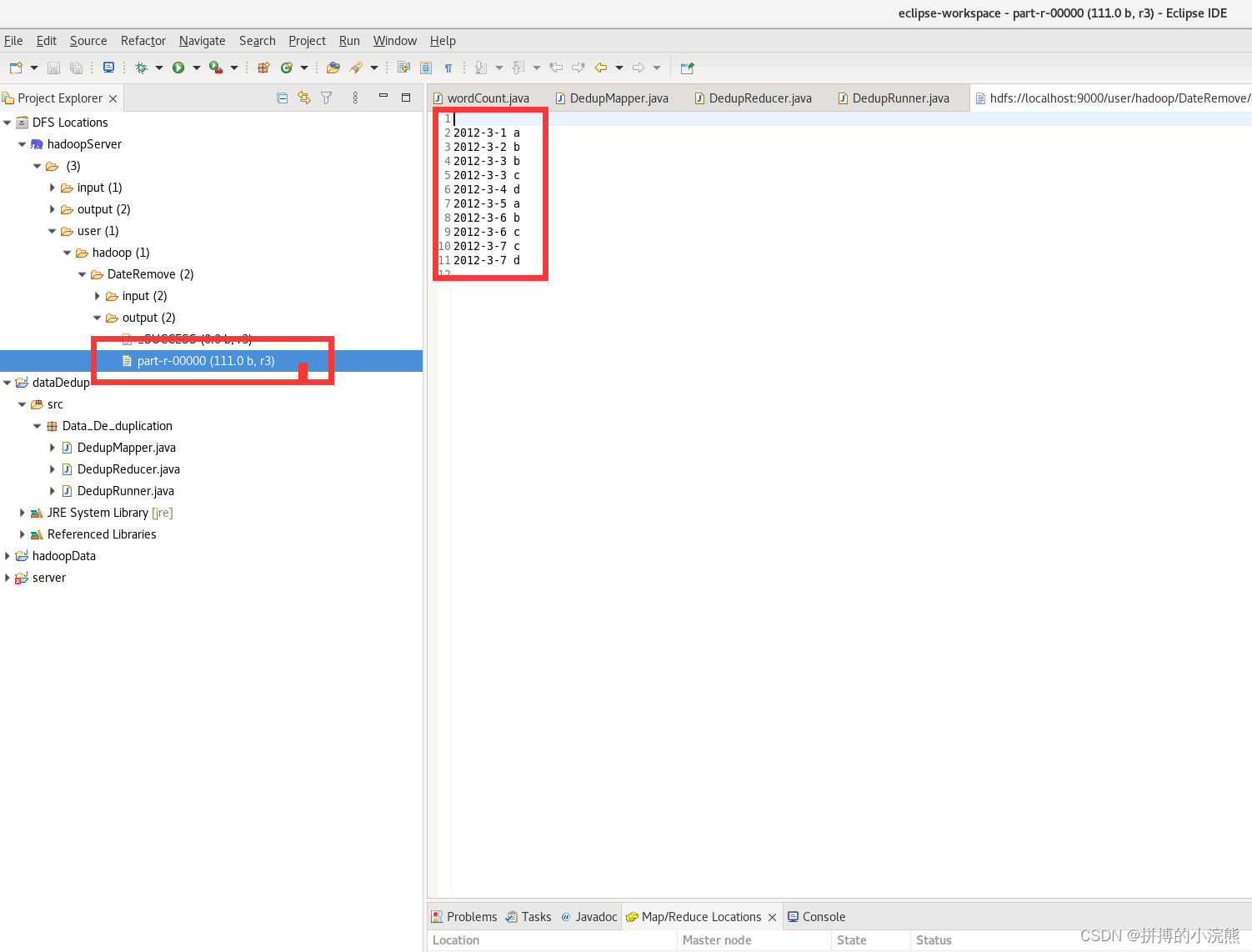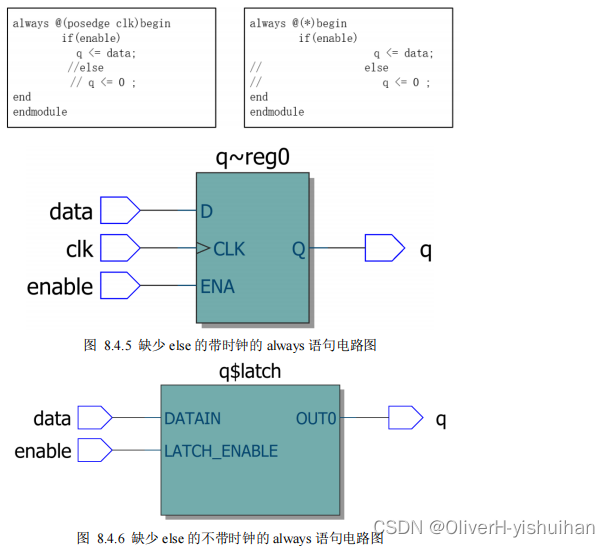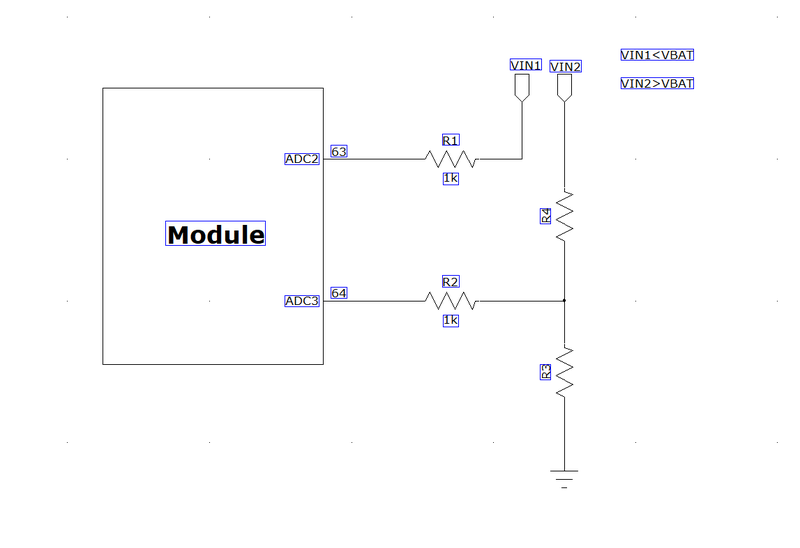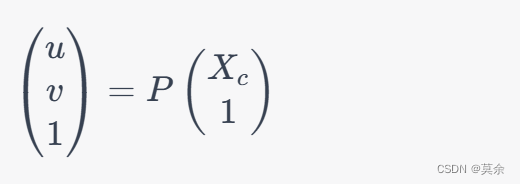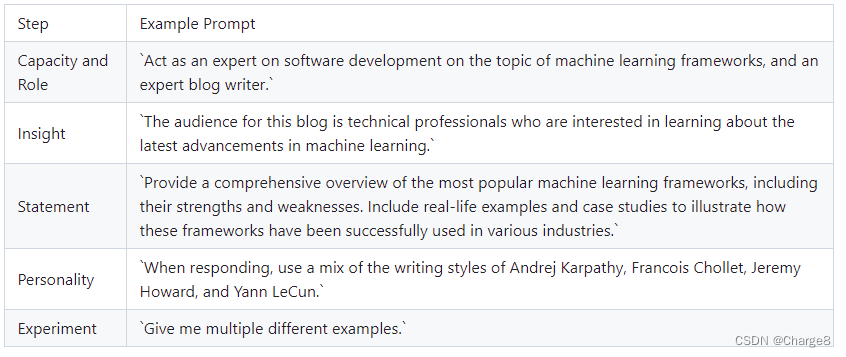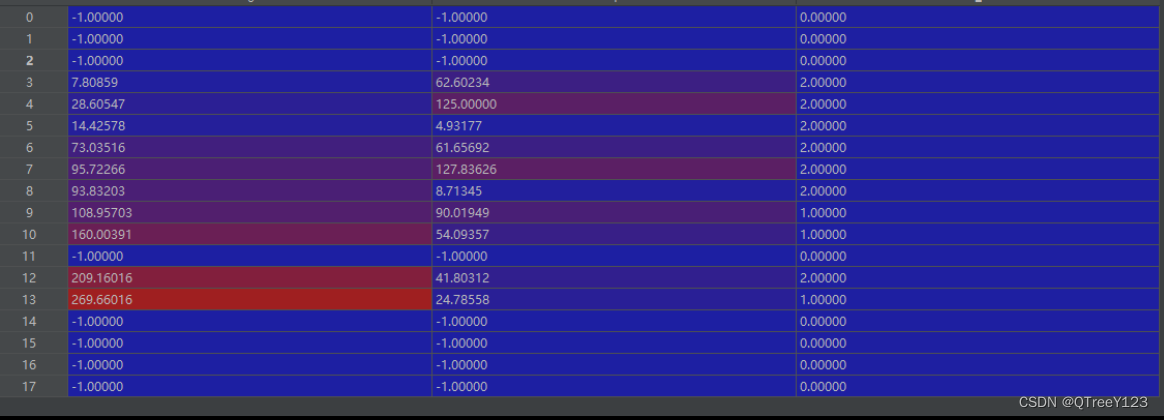目录
✿LeetCode28.实现strStr()❀
✿LeetCode459.重复的子字符串❀
✿LeetCode28.实现strStr()❀
链接:28.实现strStr()
给你两个字符串
haystack和needle,请你在haystack字符串中找出needle字符串的第一个匹配项的下标(下标从 0 开始)。如果needle不是haystack的一部分,则返回-1。

解法一:遍历第一个字符串,找与第二个字符串相等的子字符串,若没有返回-1,时间复杂度O(n*m),代码如下:
public int strStr(String haystack, String needle) {
// 1 <= haystack.length, needle.length <= 104
int i=0;
for(i=0;i<haystack.length();i++){
int j=0;
int index=i;
while(index<haystack.length() && haystack.charAt(index)==needle.charAt(j)){
if(j==needle.length()-1){
return i;
}
j++;
index++;
}
}
return -1;
}这道题是一道典型用KMP算法解的题,关于什么是KMP算法移步我下一篇文章,此题的解法代码如下:
public int strStr(String haystack, String needle) {
// KMP算法
int[] next=new int[needle.length()];
getnext(next,needle);
int j=0;
for(int i=0;i<haystack.length();i++){
while(j>0 && haystack.charAt(i)!=needle.charAt(j)){
j=next[j-1];
}
if(haystack.charAt(i)==needle.charAt(j)){
j++;
}
if(j==needle.length()){
return i-needle.length()+1;
}
}
return -1;
}
// 获取模式传的next数组
public void getnext(int[] next,String needle){
//初始化
int j=0; //j代表前缀末尾位置,也是最长相等前后缀的长度
next[0]=0;
for(int i=1;i<next.length;i++){ //i代表后缀末尾位置
// 当前后缀不相等时
while(j>0 && needle.charAt(i)!=needle.charAt(j)){
j=next[j-1];
}
// 当前后缀相等时
if(needle.charAt(i)==needle.charAt(j)){
j++;
}
next[i]=j;
}
}✿LeetCode459.重复的子字符串❀
链接:459.重复的子字符串
给定一个非空的字符串
s,检查是否可以通过由它的一个子串重复多次构成。
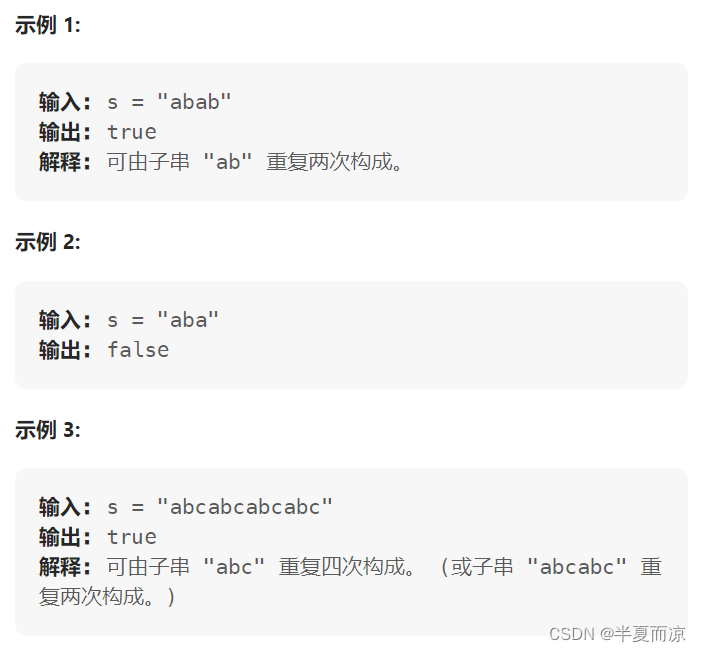
此题还是KMP算法的一个应用,代码如下:
public boolean repeatedSubstringPattern(String s) {
// 1 <= s.length <= 104
int[] next=new int[s.length()];
getnext(next,s);
int len=s.length();
if(next[len-1]!=0 && len%(len-next[len-1])==0){
return true;
}
return false;
}
public void getnext(int[] next,String s){
int j=0;
next[0]=0;
for(int i=1;i<s.length();i++){
while(j>0 && s.charAt(i)!=s.charAt(j)){
j=next[j-1];
}
if(s.charAt(i)==s.charAt(j)){
j++;
}
next[i]=j;
}
}